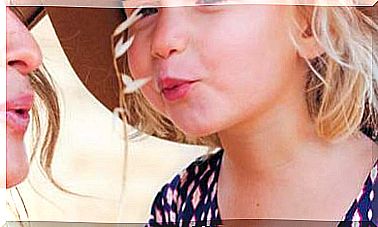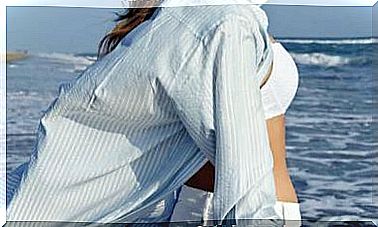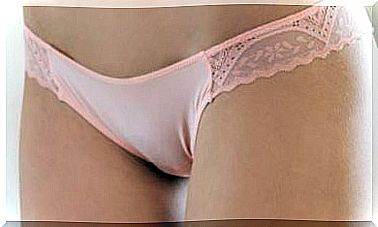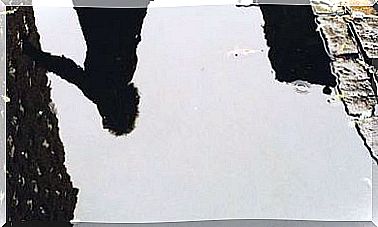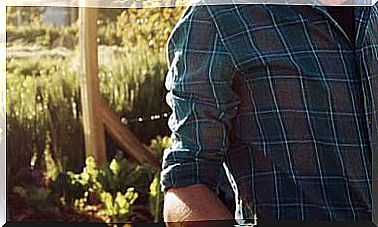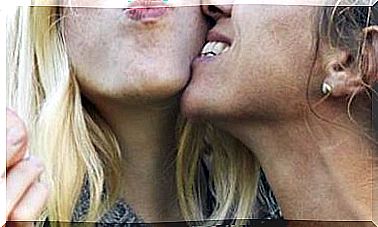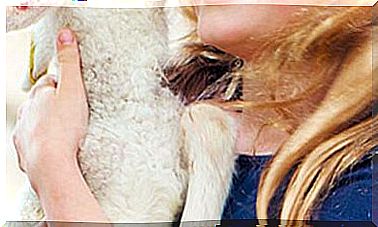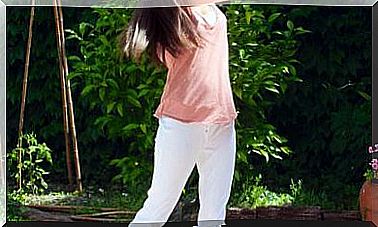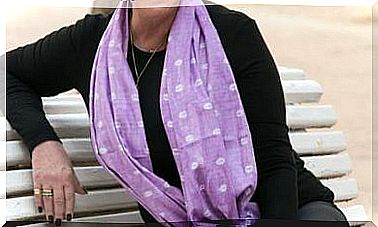How To Restore Balance To Your Life
Restore your psychological and physical well-being by knowing several keys to traditional medicine.
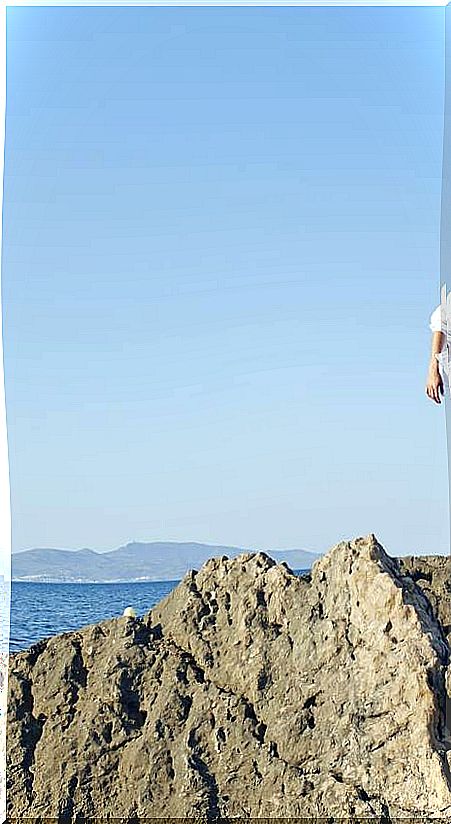
In traditional medicine, health depends on the balance between the five elements and their relationship with the senses, physical constants, temperaments and mental attitudes. When that harmony is broken, disease appears and only through its reestablishment is there a true cure.
The best description of the five elements, their characteristics and their properties, is provided by the Sankhya, which is one of the doctrines or cosmogonic views of the Hindu tradition. Ether is the first element and contains in its essence all the others; then the air contains and produces the fire and those who come after it; fire produces water and earth; water produces earth, and earth does not produce any other element: it is the densest and heaviest. These five elements are completely necessary for all beings to have reality, to exist. None of them can be lacking: each being has a dynamic balance of the five elements that characterizes him as a healthy individual; if it breaks, the disease appears. And if the lost balance is restored, the individual regains health.
Bring balance back to your existence
We could say without fear of being wrong that the traditional medicine of all cultures is summarized in the knowledge of the elements and how to use them in accordance with natural laws to maintain health and ward off disease.
Each of the elements corresponds to an organ of the senses and its function: the ether is related to hearing and hearing; the air, with the skin and the touch; fire, with eyes and sight; water, with the mouth and taste, and earth, with the nose and smell. This correspondence between elements and functions is used by traditional medicine to study the diseases that can appear when the five elements are in disorder or unbalanced.
Traditional medicine to restore well-being
Despite the coincidences, the Chinese medical tradition does not speak of elements but of “movements” and names them differently, at least in the bibliography that we have in the West.
Because of the difficulty of translating the Chinese ideographic language into a Western language, the French scholar and diplomat George Soulié de Morant, his first translator, confused earth and metal. The exact equivalences between the elements of the Hindu tradition and those of the Chinese Taoist and Buddhist tradition are as follows: the ether corresponds to the earth movement, the air to the wood, the fire to the fire, the water to the water and the earth with the metal.
The 4 elements of temperament and health
The different denomination – in one case “elements” and in another “movements” – is due to the two different ways of describing reality that the two traditions have.
The Hindu conception (from which the Western conception derives) concentrates its attention on the material structure of the elements, while in the Chinese conception, the focus is on the energetic structure or the dynamic characteristics of those elements. This difference was integrated without contradiction by ancient Western doctors, who described four great types of organic structure of people according to the preponderant element (except ether, since this is an immaterial element): constitutions of earth, water, fire and air.
However, the behavior and mental attitude of the individuals who responded to these physical constitutions were not named after the elements, but those of the four temperaments: choleric, sanguine, melancholic and phlegmatic. The reaction of each of them to the environment or reality is different, as well as their attitudes and mental states. Its main characteristics are:
1. Choleric
This “temperament” responds to the fire constitution. He is an egocentric and authoritarian individual, stubborn, stubborn and with paranoid-obsessive tendencies, whose origin is in an overvaluation of the ego.
2. Blood
Due to his air constitution, he is a mobile and unstable person, outgoing and a lover of communication, with a tendency to mental dispersion and lack of concentration, which usually leads to anxiety and agitation.
3. Melancholic
It corresponds to the water constitution. He has a tendency to apathy and sadness, with phobias and complexes that prevent him from acting, a great emotional memory and a mental tendency to resignation and depression.
4. Phlegmatic
An individual of earth constitution is unemotional. Instead, he is thoughtful and detailed. It can become a picky eater, an obsessive compulsive in obtaining objects. In excess, Diogenes syndrome may appear (not discard or garbage).
For traditional medicine, therefore, there was a coincidence between the physical constitution and the temperament or way of reacting psychophysically to reality. Consequently, his medicine was psychosomatic, holistic, comprehensive. Thus, physical health and mental balance require that the elements and temperaments be in harmony. To this knowledge respond the sentence of the temple of Aesculapius, classical god of medicine and healing: “Nothing in excess”, and the advice of the Buddha to indicate “the middle way.”
